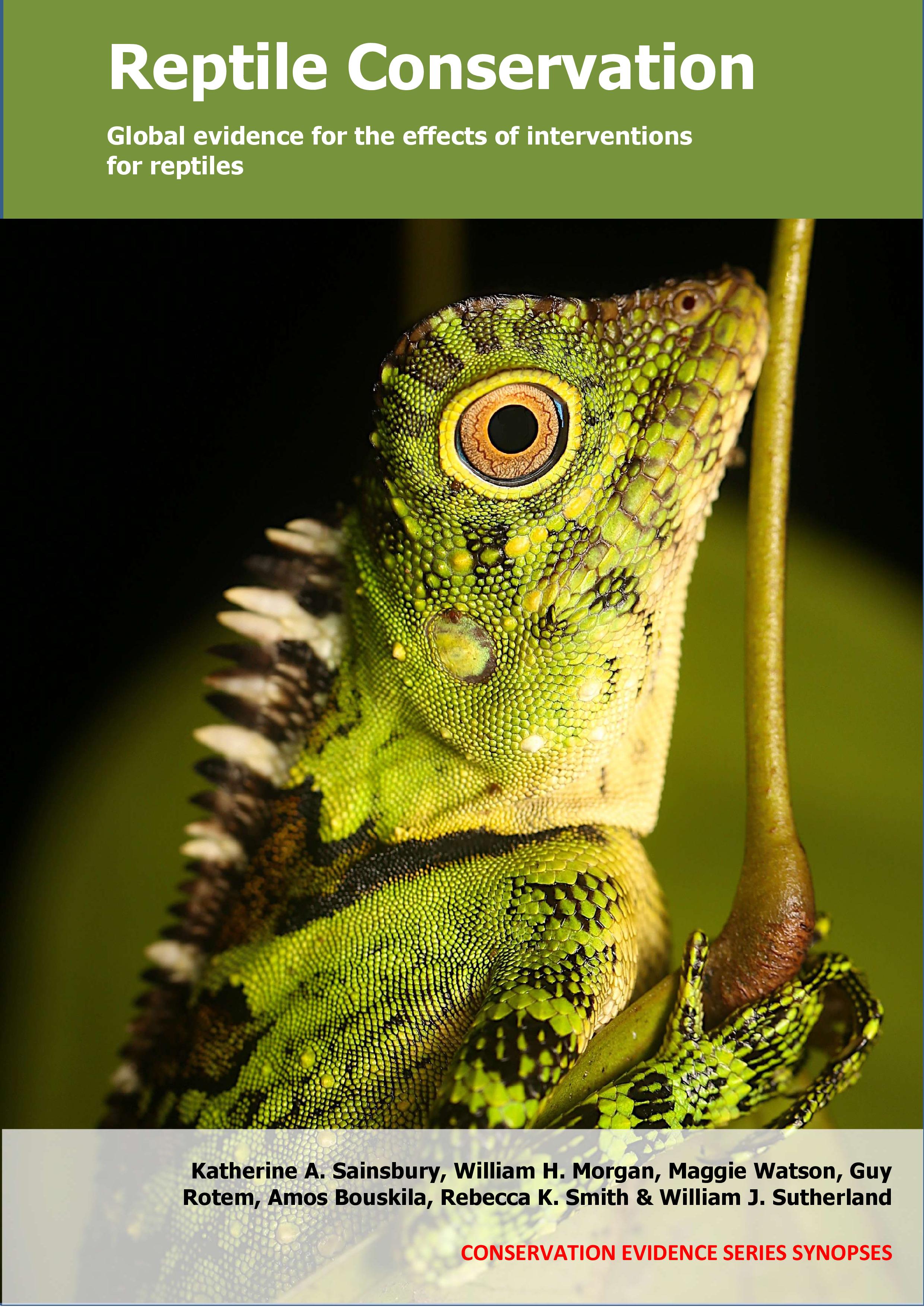Fence cliff edges to prevent individuals from falling
-
Overall effectiveness category Awaiting assessment
-
Number of studies: 1
View assessment score
Hide assessment score
How is the evidence assessed?
-
Effectiveness
not assessed -
Certainty
not assessed -
Harms
not assessed
Study locations
Supporting evidence from individual studies
A before-and-after study in 2010–2012 in a vegetated coral cay in Raine Island, the Great Barrier Reef, Australia (Great Barrier Reef Marine Park Authority 2012) found that fencing cliff edges to prevent green turtle Chelonia mydas falls reduced mortality. Fewer turtle carcasses were found at the base of the cliff after the fence was installed (2 carcasses) compared to before installation (60 carcasses). Fencing totalled 100 m of modified aluminium pool fencing (50 cm high with vertical bars at 30 cm intervals), which was installed in three areas around the tops of small cliffs on the eastern end of the island in November 2011. The fencing blocked off the cliff edges but kept open natural ramps for entrance and egress of turtles to the centre of the island. Surveys of the number and location of sea turtle carcasses on the island occurred in November 2011 (before installation) and December 2011 and February 2012 (after installation).
Study and other actions tested
Where has this evidence come from?
List of journals searched by synopsis
All the journals searched for all synopses
This Action forms part of the Action Synopsis:
Reptile Conservation
Reptile Conservation - Published 2021
Reptile synopsis





)_2023.JPG)














